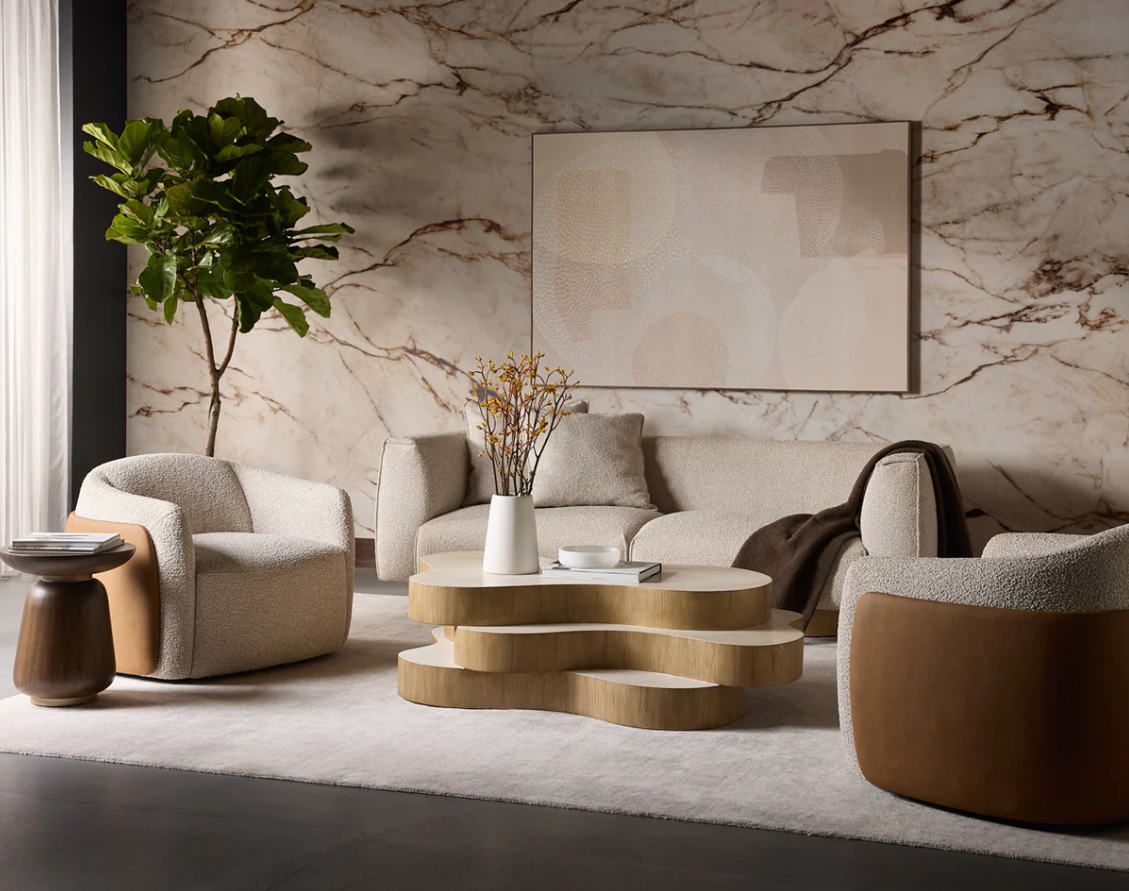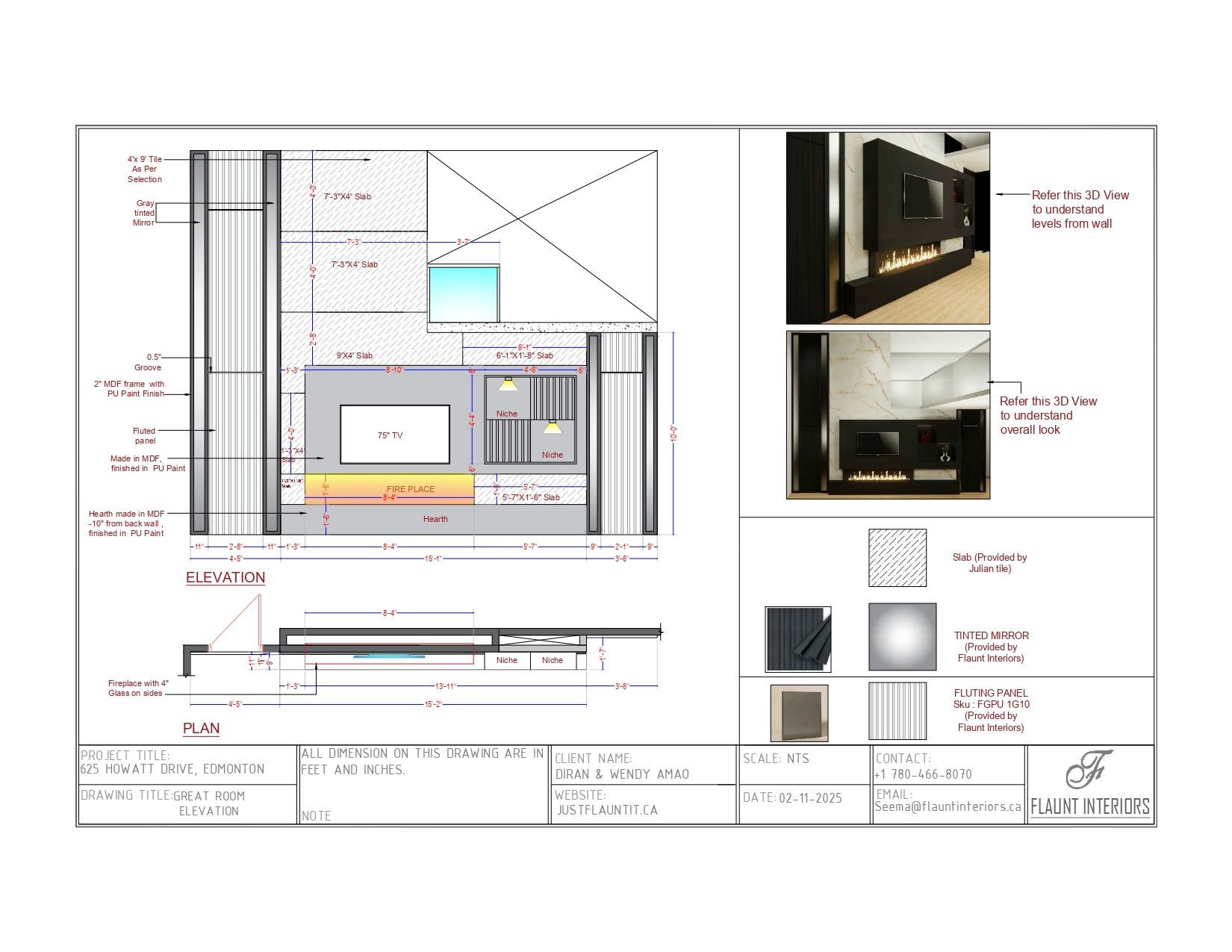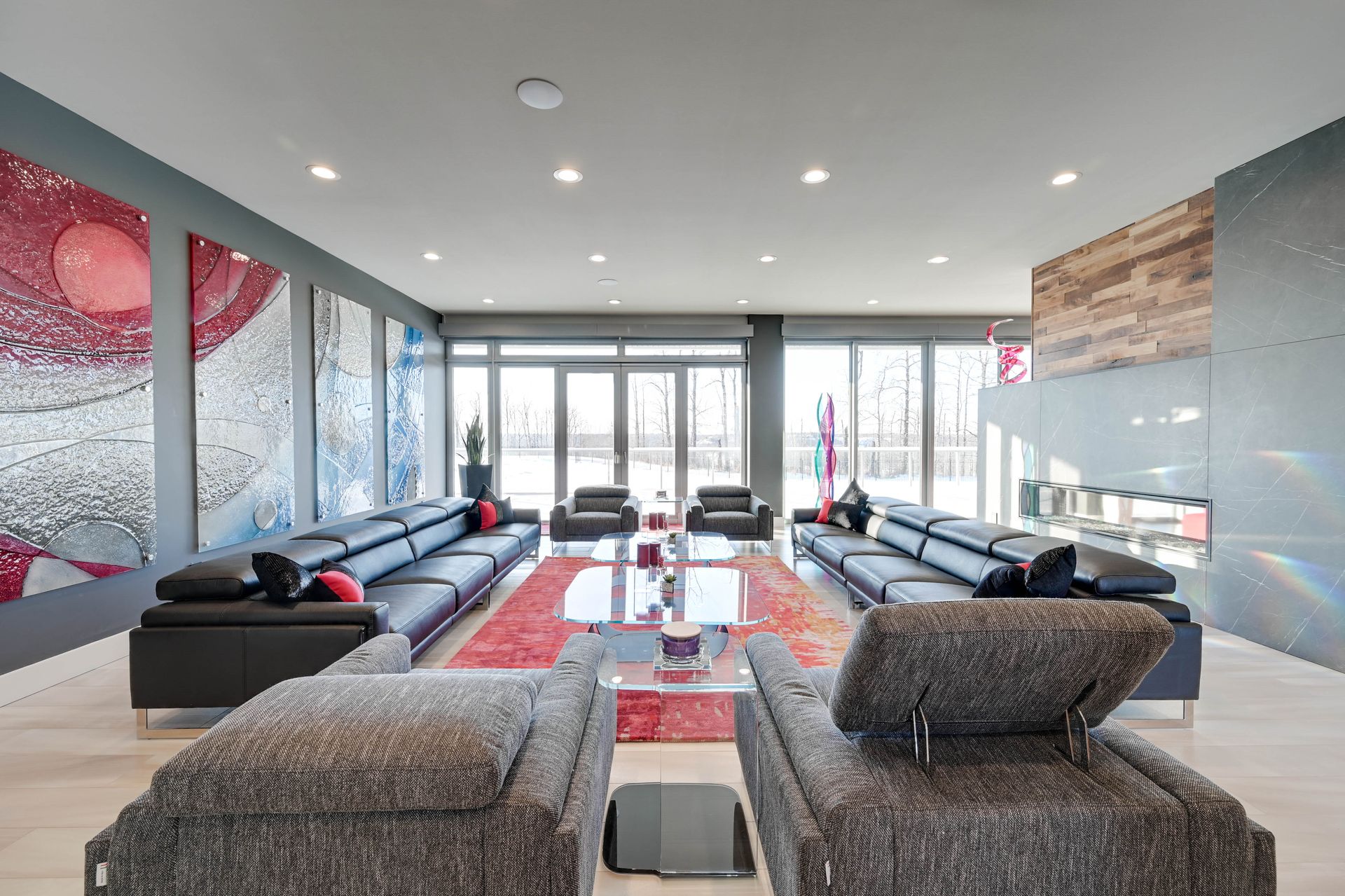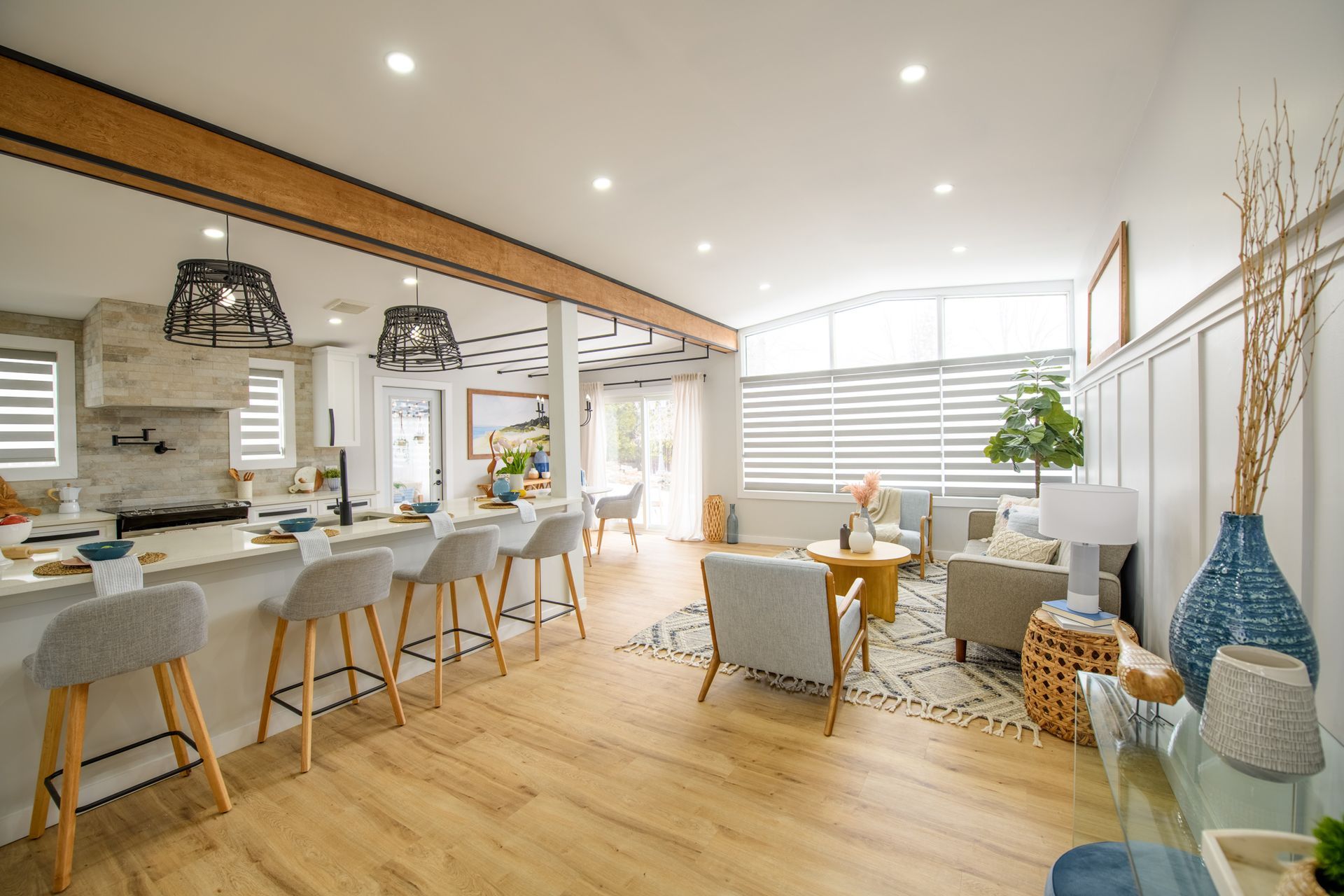The Future of Consignment: Trends Reshaping the Furniture Industry
As the world grows more conscious of sustainability, budget-savvy living, and unique home design, the consignment furniture industry is experiencing a renaissance. This final blog in our series looks ahead—exploring the trends shaping the future of consignment studios and what that means for shoppers, sellers, and the industry at large.
1. Tech-Driven Shopping Experiences
Consignment studios are embracing technology:
- Online marketplaces and e-commerce platforms are becoming standard.
- Augmented reality (AR) tools may soon allow you to visualize furniture in your home before buying.
- Digital inventory systems make it easier for customers to browse, hold, or purchase items remotely.
This tech-forward approach is making secondhand shopping more accessible than ever.
2. Focus on Sustainability and Circular Living
Consumers are more eco-aware:
- Buying secondhand helps reduce landfill waste and carbon emissions.
- Studios are highlighting sustainability as a core part of their brand.
- Expect more collaborations with eco-conscious designers and local upcyclers.
The message is clear: beautiful design and responsible living go hand in hand.
3. Elevated Design Curation
Today’s consignment studios are moving beyond “used” furniture:
- Expect carefully curated showrooms that rival high-end boutiques.
- Items are often styled, staged, and color-coordinated.
- Studios are focusing on aesthetic cohesion, not just inventory turnover.
The shopping experience feels luxurious and intentional.
4. A Growing Community Culture
More studios are building communities:
- Hosting in-store events, DIY workshops, and panel talks on design.
- Connecting local artists and makers with buyers.
- Encouraging storytelling behind the items to create emotional connections.
Consignment is becoming less transactional and more relational.
5. Integration with Interior Design Services
Studios are becoming full-service destinations:
- Offering styling advice, room planning, and designer referrals.
- Partnering with real estate agents and home stagers.
- Providing design packages that include consignment finds.
This makes furnishing both easier and more cohesive for buyers.
6. Greater Transparency and Fairness for Consignors
Sellers are being prioritized, too:
- More studios now offer transparent contracts and real-time tracking.
- Some use apps or online dashboards to show item status and payouts.
- Expect fairer commission models and better customer service.
This builds long-term trust with consignors and encourages repeat participation.
7. Vintage and Designer Revival
There’s a renewed interest in vintage and iconic design:
- Mid-century modern, Art Deco, and 1970s glam are making a strong comeback.
- Studios are sourcing rare, collectible items that cater to savvy design lovers.
- Designer resale is booming, with pieces from names like Knoll, Herman Miller, and Roche Bobois in high demand.
Collectors and design enthusiasts are turning to consignment first.
Final Thoughts
The consignment furniture industry is evolving—and fast. What was once a niche market is now a dynamic, stylish, and sustainable way to furnish modern homes. By blending technology, design, and community, the future of consignment looks not just bright, but transformative.
Whether you’re buying, selling, or simply exploring, now is the perfect time to engage with the exciting future of consignment furnishing studios.
Share This Blog










